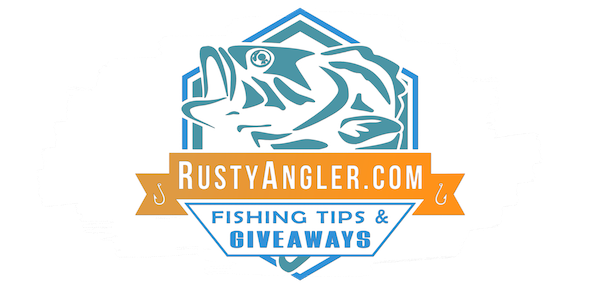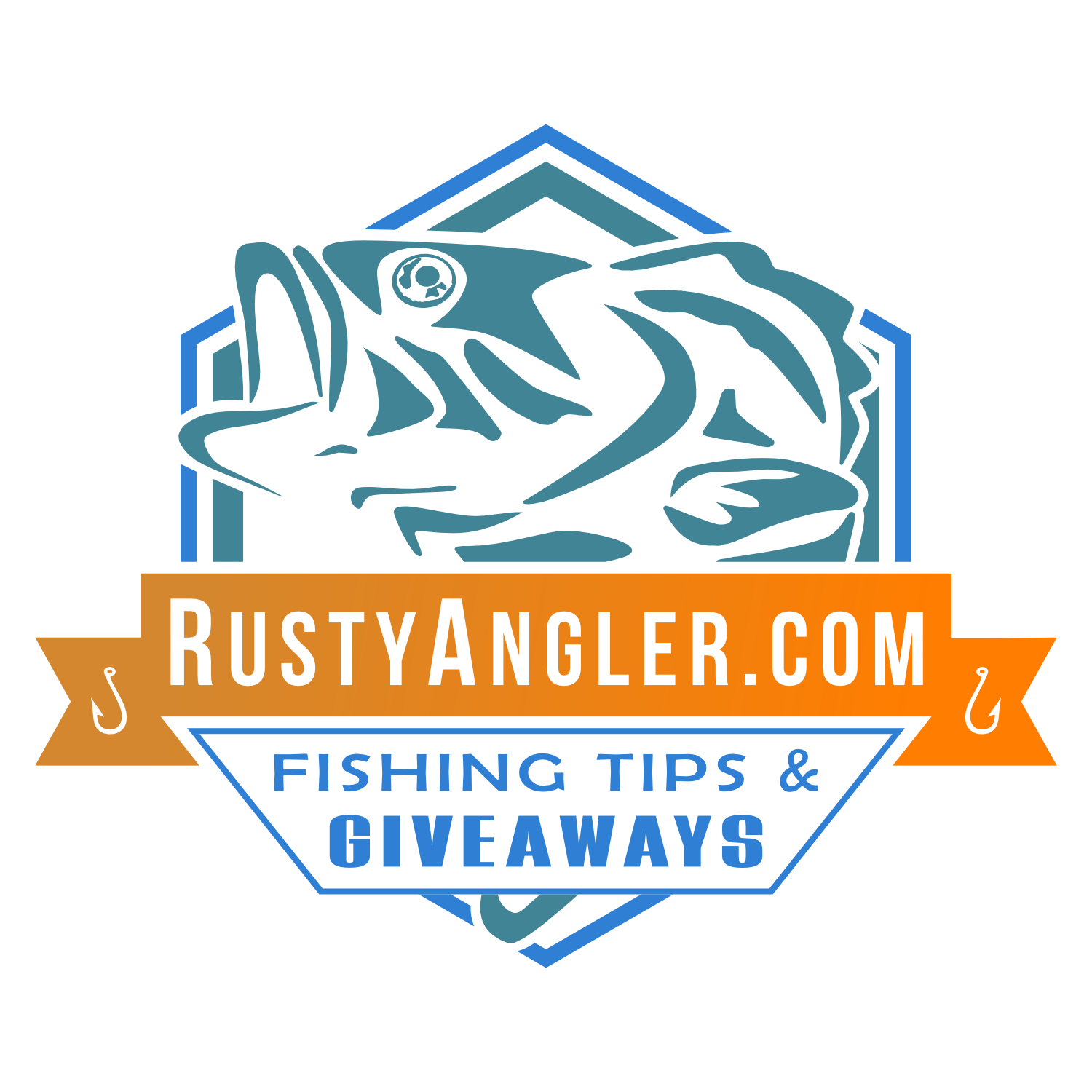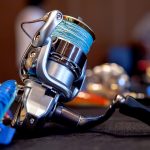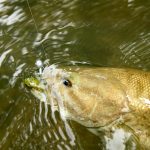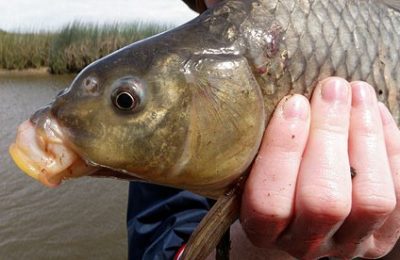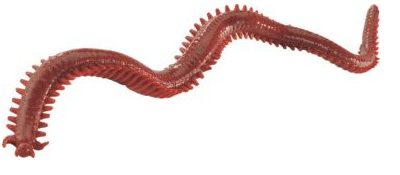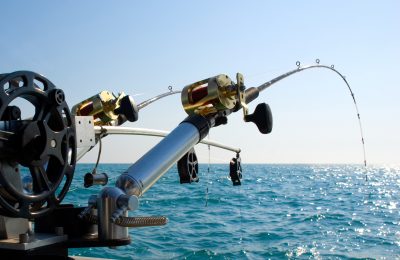As the summer heats up, so does the water in which cold-blooded fish survive. That produces some unique challenges for the summer angler. The same bait and location that produced yesterday can be quiet today. In short, summer fishing can be tough.
Put simply, smaller fish have a higher tolerance for warmer waters than the big ones. Their systems require less oxygen to function. Cooler waters hold more dissolved oxygen than warm waters, so smaller fish automatically hang higher in the water column than trophies. And that’s just a start.
So here’s some summer fishing tips to help every angler from beginner to expert.
Whatever the conditions, Weather matters
To catch the biggest summertime fish, don’t think deeply, just think deep. For most fish an ideal temperature is around 55 to 65 degrees Fahrenheit. As summer progress and water temperatures rise, fish will head to deeper water or shade to keep cool.
In addition, as cloud cover, rain, and shadows move across rivers and lakes, those ideal temperature conditions can change quickly. This often leaves beginning fishermen wondering why all the big fish have disappeared.
This is especially true for bass. So when summer bass fishing is on the agenda, start shallow and then progressively move deeper.
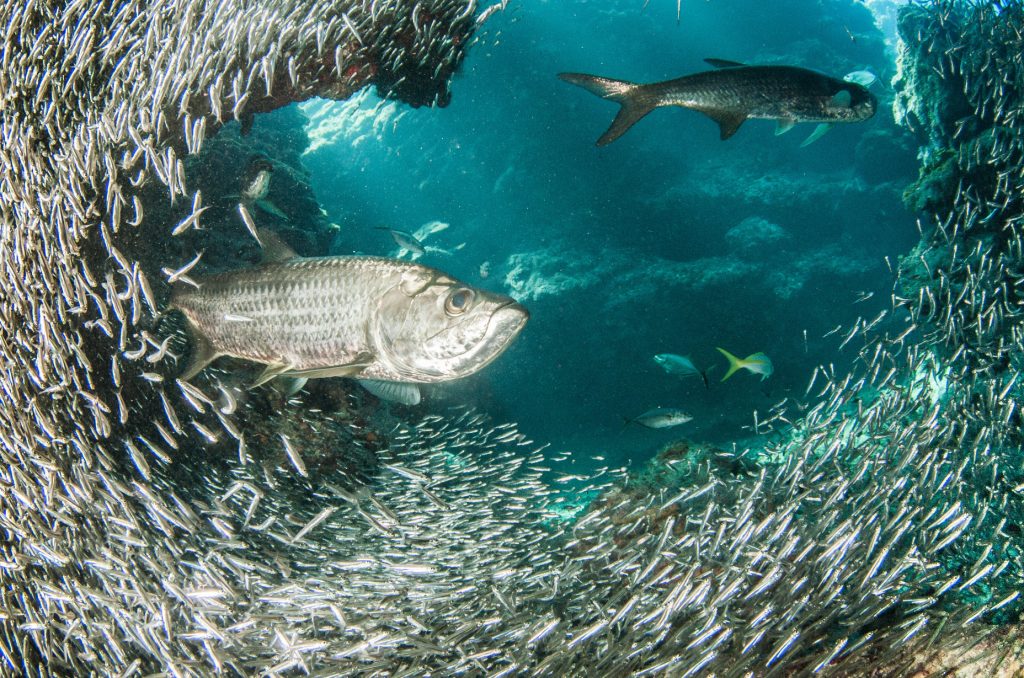
Summer Fishing In The Mats
Weather also plays a key role in matted vegetation during the dog days of summer. If it is cloudy or windy, many fish stick to the edge of the weeds. High action lures such as spinnerbaits, crankbaits, and bladed jigs are a great choice.
On the other hand, calm, sunny weather will drive the largest fish into thick, matted areas. For these, try flipping and pitching to openings in the mats, indentions, and any irregular features.
Try using a three quarter ounce to one and a quarter ounce jigs with a plastic craw trailer.
After punching your jig through the mat, let it fall quickly to the bottom.
Remember, your trophy fish are going to be sitting deep. Let the bait fall vertically, uninhibited by your rod or reel.
Once on the bottom, take up the slack and lift to see if it feels like whatever size weight you are using at that time. If it feels heavy set that hook and reel in your catch. If not, work the jig up and down from right below the canopy of weeds to the bottom.
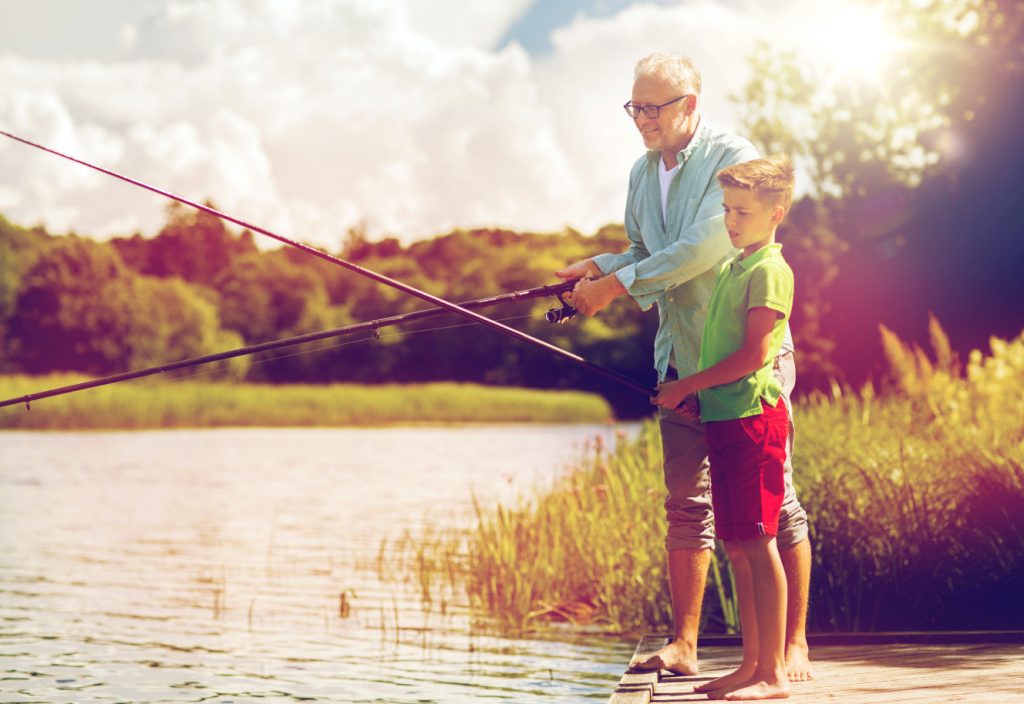
When the flats are not fat, go Deep
Long days under a hot sun raise surface temperatures. This shuts down top water action on all but the coolest early mornings. Shallow coves and flats so productive just a month ago suddenly empty of life as fish seek shelter in deeper waters.
Summer fishing is where all that expensive fishing gear begins to pay off. The fish-finding electronics most of us own but seldom use, along with super sensitive rods that can cost more than $100. Now, they are worth it, as strikes can be subtle even from the biggest fish.
Catching lots of little fish in waters normally holding decent ones is often the first signal summer fishing is here.
This also means that to catch the larger ones bait must first drop through a gauntlet of unwanted, but hungry, little tykes. The best way to get past them is with a heavily weighted rig that can speed by them before they have a chance to strike.
Just remember, heavy jigs are also a strain on the line. Make sure the line can handle the weight and tie extra knots to ensure nothing gets lost in the cast and drop.
Ledge Fishing Is Structure Fishing
Ledge fishing is a classic river summer technique when many fish leave the bank for the wide-open spaces of the lake. Suddenly, finding where in the lake the fish are hiding out becomes more of a challenge. Savvy anglers target off shore structures.
Once the truly hot weather arrives try looking along the ledges of structures that share many of the same attractive features found along the banks. Features fish love such as lay downs, stump rows, brush, and rock piles.
Two solid techniques for probing the drops are using a deep diving crankbait and stroking a jig. In early summer, try a deep diving crankbait for the aggressive post spawning fish bunched up on the ledges.
Try a lighter line for longer casts and more natural action to the lure. When retrieving the crankbait make sure it bangs into cover or use a stop and go retrieve to create an erratic action in the bait.
When the Midday Heat is Just Too Much
Summer gets hot. Really hot. Just like the anglers searching for them, fish want to stay shaded and under cover during the hottest parts of the day. If the fishermen are feeling the heat, it is a safe bet the fish are as well. So think like a fish and go to where the cool is and land an amazing catch!
Summer Fishing Tips for Everyone
- Find Cover
- When the days are long and the sun is high, it is important to target that cover. Aside from current flows, most fish are looking for vegetation or shade during the summer months to help keep cool.
- Fish With Finesse
- When they just are not biting, pick up a spinning rod and get to work. Just like we get sluggish during the heat of the day, high skies and heavy fishing pressure can put fish into a funk. Try downsizing bait to offer a more inviting option and cajole the line to temp the prey.
- Fish Completely and Fish Thoroughly
- Sometimes summer fishing means a slow grind to figure out where they are and what they want. One single bite can completely change a day of fishing so it’s important to keep the lure wet and keep fishing, even when the odds are down.
- Think of it like searching the city for a great restaurant. Sometimes it can take a few places before just the right one presents. Once the fish are found, stick to the plan and start reeling them in.
